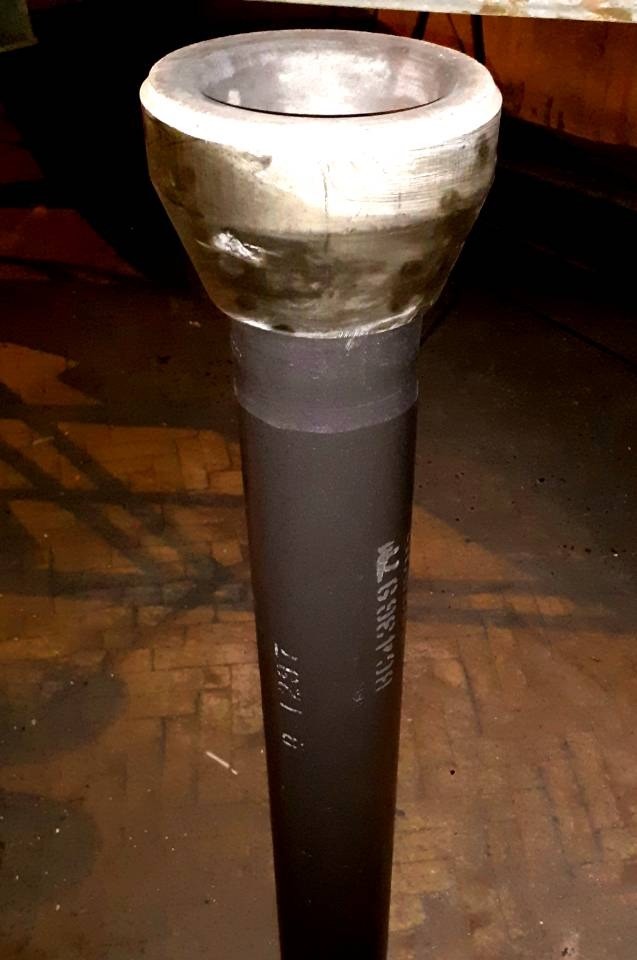Ladle shroud can be considered a mathematical function of tundish metallurgy as far as the smooth tundish operation, steel production, and quality is concerned. The primary function of the shroud is the containment of teeming steel, preventing reoxidation by shielding the teeming stream from atmospheric contamination and preventing inclusions formation. With major advancements in design and technology, the average life of the refractory shroud could be increased from 3 heats to more than 10 heats. Thanks to the use of alumina-graphite refractories, design, and coating technology.
The high velocity of the stream is achieved owing to the presence of high turbulent kinetic energy. The jet flow of the ladle shroud determines the flow pattern in the pouring zone, which directly influences the formation of tundish open eye, tundish surface fluctuation, refractory erosion and trajectories of argon bubbles. With developments in recent times ladle shroud can even act as the flow control device for the tundish and has the potential to optimize the flow pattern inside the whole tundish.
A specially designed turbulence inhibitor commonly known as turbo stop which is placed inside the tundish above the impact pad is usually used to suppress the turbulence of the impinging jet and reduce bath surface fluctuations.
After evaluating the rate of atmospheric reoxidation and gas entrainment into the teeming steel it was observed that the number of large inclusions increased by 2.5 times between the ladle and the tundish which is caused by the reoxidation of the ladle stream when the refractory shroud was not used. The average oxygen content also decreased from 40–45 ppm to 20–25 ppm and the surface quality of the cold-rolled sheet improved considerably as compared to non-shrouded casting practices. The contributing factors were the shape of the nozzle, height of the teeming from the bath level, the depth and the flow of molten steel in the ladle, stream turbulence, and physicochemical properties of molten steel (e.g. viscosity and surface tension).
The Formation Tundish Open Eye
A jet of argon is used to seal the crevices between the shroud and the collector nozzle. But exceedingly high volume is undesirable. The higher flow rate of argon promotes the growth of larger gas bubbles. Fine bubbles are desirable for inclusion removal because large bubbles may result in turbulent flow which reduces the collision efficiency inside the shroud due to bubble coalescence. The rise of relatively large bubbles (3.0–5.0 mm) forms reversed flows around the ladle shroud when the flow enters the tundish pool. The formation of large argon bubbles may sweep off the tundish slag which will lead to the formation of a tundish open eye (TOE).
TOE is detrimental as far as radiative heat losses, reoxidation of the liquid steel and nitrogen and oxygen pickup are concerned.
Misaligned or inclined shroud
When the ladle shroud and collector nozzle of the ladle shroud is slightly misaligned, a biased jet flow is formed which hits the tundish pool. Consequently, the turbulence is unevenly distributed, and steel-argon plume becomes biased with the formation of an eccentric TOE. Jet exposure can give rise to intense slag-steel emulsification and slag entrapment, especially during ladle change.
In the case of the inclined shroud, the airtight condition is depleted, and chances of air infiltration increase. The misalignment of the ladle shroud is
© Metal world insight



